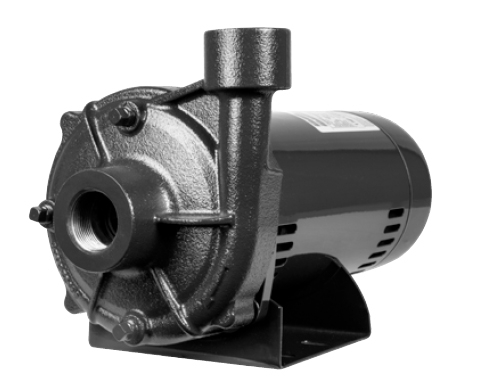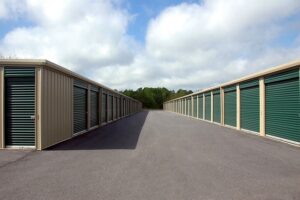When it comes to maintaining and repairing pumps, many owners face a common dilemma: should they invest in high-quality pump parts, or are cheaper alternatives sufficient for their needs? Each option has its advantages and disadvantages, and understanding these can help users make informed choices that balance performance, cost, and long-term savings. Let’s dig in!

Pros and Cons of Investing in High-Quality Pump Parts vs. Cheaper Alternatives
Like any machine, there’s a specific life expectancy. Homeowners will maintain their HVAC if they want it to last but also, high-quality machines will last longer than cheaper ones so there’s always a cost-benefit analysis to do. The same holds for pumps. We’ve outlined the pros and cons of considering high-quality pump parts against cheaper options.
High-Quality Pump Parts: Pros
- Enhanced Durability
High-quality parts are often designed to withstand wear and tear better than cheaper alternatives, especially in challenging environments. This durability reduces the frequency of repairs, which can save both time and money in the long run. - Improved Energy Efficiency
High-quality pump parts are usually engineered for efficiency, meaning they often consume less energy while maintaining optimal performance. This efficiency not only lowers electricity bills but also reduces the environmental footprint of the equipment. - Reduced Downtime
Frequent breakdowns can be costly, both financially and operationally. Reliable, high-quality parts minimize unexpected failures, allowing businesses to maintain steady operations without the disruption of constant repairs.
High-Quality Pump Parts: Cons
- Higher Initial Cost
Premium parts come with a higher price tag. For businesses or individuals on a tight budget, the initial investment can seem significant compared to cheaper options. It’s important to weigh this upfront cost against potential long-term savings. - Limited Availability
High-quality parts may not be as readily available as their cheaper counterparts. Waiting for specific parts can sometimes lead to delays, which can impact productivity.
Cheaper Pump Parts: Pros
- Lower Upfront Expense
The biggest advantage of opting for cheaper parts is the immediate cost savings. These parts can be a good option for short-term solutions or when budget constraints are a top priority. - Readily Available
Cheaper parts are often more widely available, allowing for quicker repairs. This can be a key advantage for businesses needing urgent solutions.
Cheaper Pump Parts: Cons
- Higher Frequency of Replacement
Cheaper parts often wear out faster, leading to more frequent replacements. This can increase long-term costs and create additional hassle. - Reduced Efficiency
Lower-quality parts may require more energy to operate effectively, leading to higher operational costs over time. This can impact both the environment and monthly expenses.
Making the Right Choice
Choosing between high-quality and cheaper pump parts depends on specific needs, budget, and long-term goals. For those prioritizing longevity and efficiency, investing in high-quality parts might offer the best value over time. On the other hand, cheaper parts can be a practical choice when budget constraints are primary.
For those interested in high-quality options, Franklin pump parts provide excellent efficiency and durability for various applications. Each option has its place in pump maintenance, and understanding these factors can help users make choices that align with their unique needs and financial goals.



